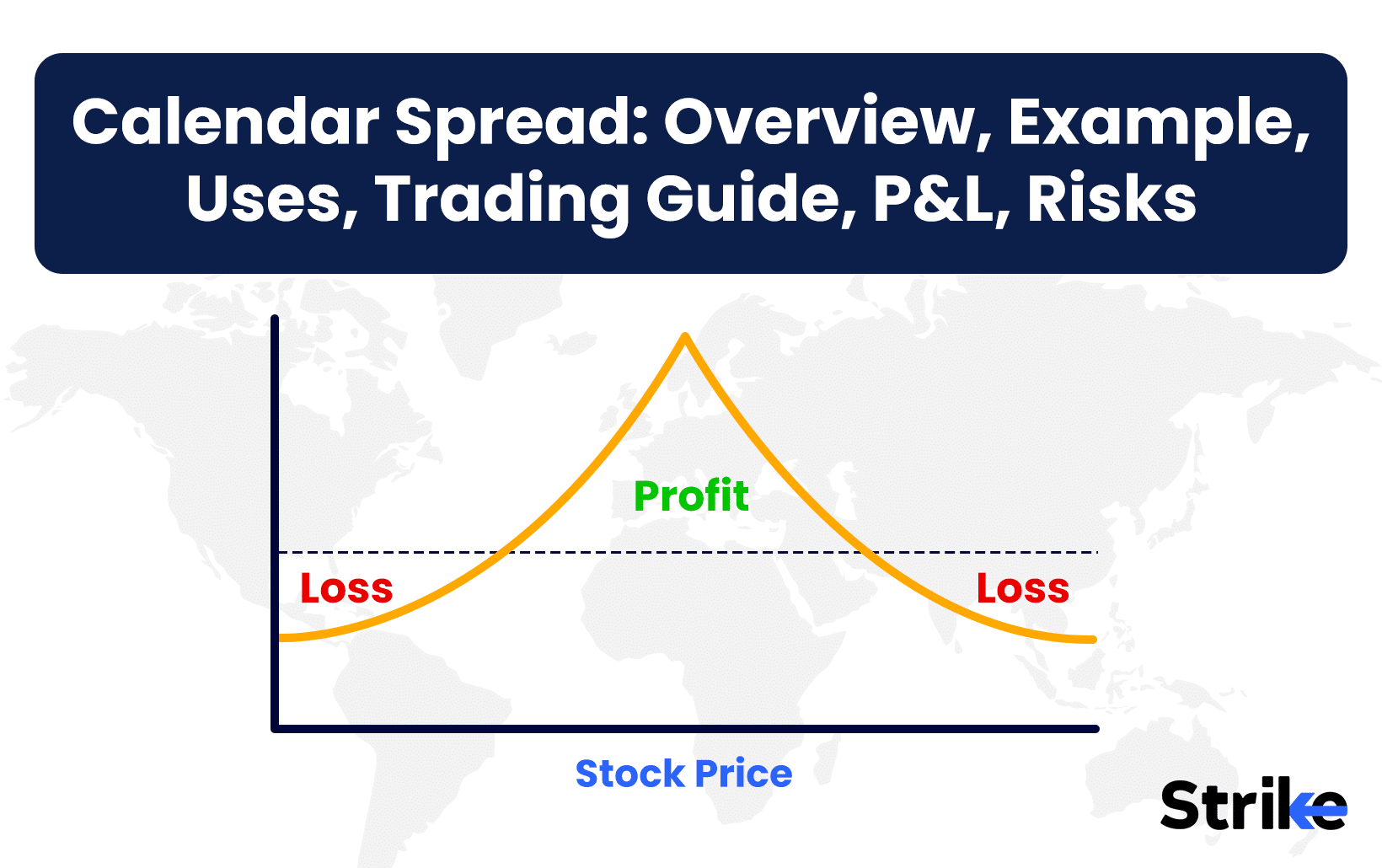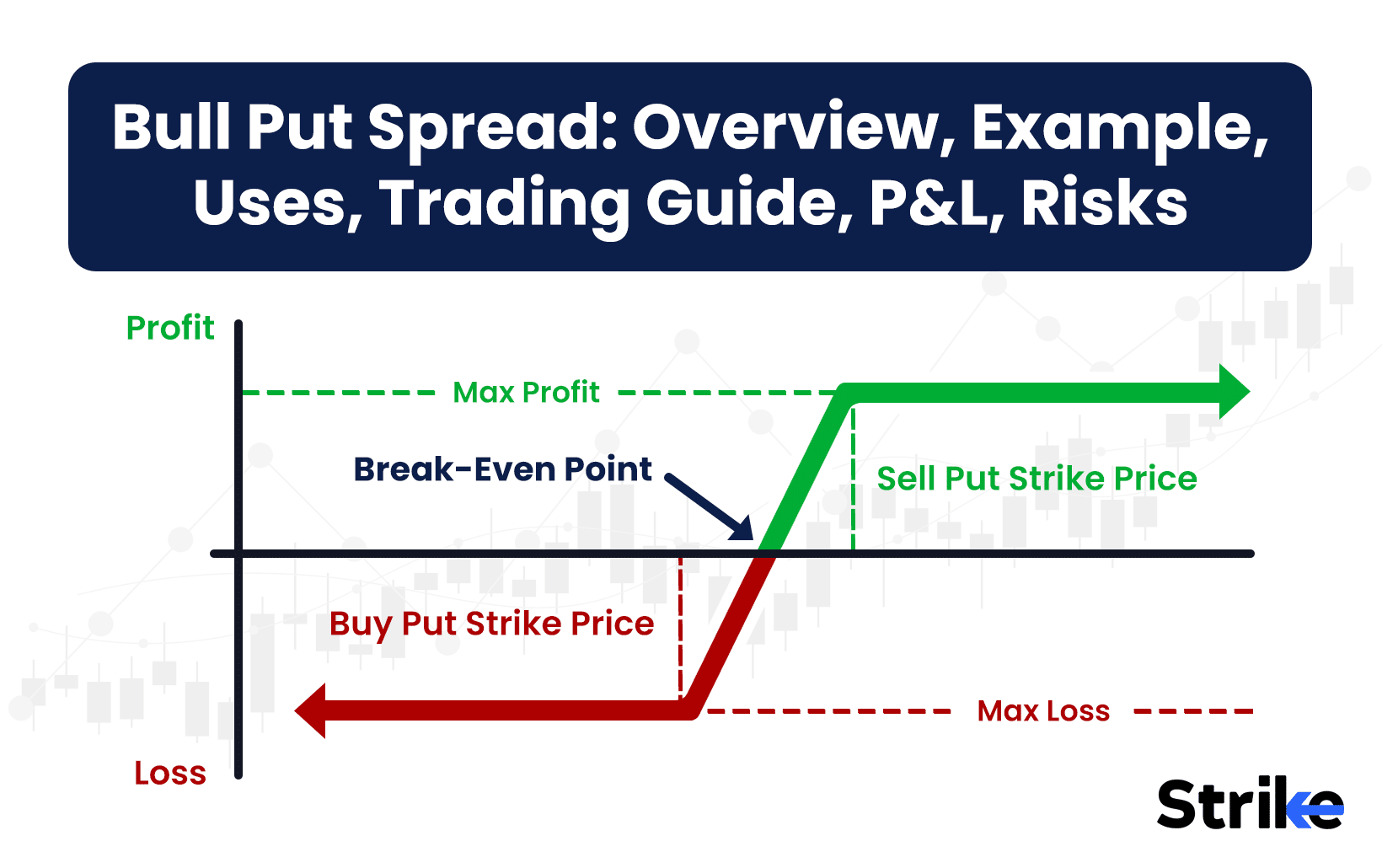The Advantages and Disadvantages of Technical Analysis

Technical Analysis gives traders a structured and systematic framework for analyzing markets, providing them with tools and indicators to identify trends, support and resistance levels, and entry and exit points. Technical Analysis examines historical data on prices and trade volumes; experienced market observers can identify recurrent shapes, inflections, and flow patterns that provide insight into crowd sentiment at different points in time. One benefit of this “technical” methodology is that it offers a structured process for separating feelings from facts when deciding to place trades. Looking objectively at charts, graphs, and numerical formulae minimizes the influence of gut reactions and suppositions.
The broad toolkit of technical indicators allows each practitioner to develop customized approaches tailored to their analytical styles. With experience, one gains familiarity with common tendencies exhibited by different asset classes during rising, falling, or stabilizing prices. At the same time, a solely quantitative examination of the past may overlook real-world developments with critical economic or geopolitical implications for supply and demand dynamics. An exclusively numerical viewpoint risks becoming detached from underlying fundamental drivers of value over the longer term.
Any predictive method that repeats past patterns must also acknowledge how contexts change continuously. Financial markets evolve as participants enter and exit, regulations are enacted or amended, and new technologies emerge to facilitate trading. Interpretation of technical signals inevitably involves a degree of subjectivity open to inconsistent readings between analysts. An adaptive approach attentive to both quantitative form and qualitative substance offers the most robust framework for informed participation in fluctuating valuations.
What is Technical Analysis?
The concept of technical Analysis is the Analysis of price movements in the stock market based on historical data. Traders employing technical Analysis utilize various tools and techniques to interpret market data. These tools include support and resistance levels, oscillators, trend lines, and other indicators like moving averages, MACD (Moving Average Convergence Divergence), RSI (Relative Strength Index), stochastics to determine momentum, overbought/oversold levels, and trend changes. By examining these patterns and indicators, technical analysts aim to uncover potential entry and exit points for trades and gain an understanding of market sentiment.
Three assumptions underpin Technical Analysis. First, the market discounts everything. This suggests that a security’s price reflects all relevant information, including fundamental factors like earnings, economic indicators, and market psychology. Second, prices move in trends. Technical analysts believe price movements follow an upward, downward, or sideways trend. The last assumption is that history tends to repeat itself due to market psychology. Technical analysts use tools and techniques to interpret market data and predict future price trends.
How does Technical Analysis work?
Technical Analysis examines historical price data, market trends, and statistical indicators to identify patterns and potential future price movements in financial markets. Technical Analysis is based on the belief that market prices reflect all available information and that historical price patterns tend to repeat themselves due to human psychology and market dynamics. Technical Analysis follows six central tenets for it to work.
Market discounts everything
Technical Analysis assumes that the current market price reflects all available information about the stock and the company. This includes fundamental factors like revenue and earnings as well as external factors like economic data and geopolitical events. So, the price trend and fluctuations provide insights into the stock’s aggregate market sentiment and view.
Price movements are not random.
Technical Analysis does not believe that price movements are purely random. Instead, it assumes that price trends and patterns show the extent of supply and demand in the market and the psychology of the market participants. These patterns tend to repeat over time. Hence, price history is used to predict future trends.
The market goes through cycles.
Technical Analysis believes that markets go through cycles of optimism and pessimism and stronger or weaker demand at different points based on the dual emotions of fear and greed among market participants. These cycles create patterns and price inefficiencies that are exploited by the trained eye of technical analysts.
Focus on price and volume.
Technical analysts mainly focus on the two quantifiable variables of a stock – price and trading volume. They use interactive charts to observe how these variables affect each other over different time frames. Price and volume trends and charts can then be analyzed using a variety of technical indicators and tools.
History repeats itself
Technical Analysis uses various patterns based on the assumption that price trends tend to repeat over time due to consistent aspects of human psychology. Classical patterns like head and shoulders, channels, flags, triangles, etc., signify certain trends like reversals, continuations, consolidations, breakouts, etc. These patterns have a high tendency to repeat and signal future scenarios.
Technical Analysis believes that prices do not move randomly but in trends. Traders ride these trends using Analysis to maximize profits. The ability to correctly identify a trend and predict trend reversal is a crucial part of technical Analysis. Various tools exist to determine and trade the trend.
What is the importance of Technical Analysis?
Technical Analysis is critical because it provides a framework for analyzing markets and making trading decisions based purely on price movements rather than external factors like news events. Technical Analysis helps identify trading opportunities, determine good entry and exit points, manage risk, confirm or contradict market sentiments, and work even when fundamentals are unclear.
Traders can develop strategies and trading plans tailored to their style with the help of technical Analysis. Traders can identify support and resistance levels to buy and sell at optimal prices, set stop losses to limit losses, and confirm whether market sentiments are reflected in the price movements.
What are the advantages of Technical Analysis?
Technical Analysis provides traders with many valuable advantages and benefits, such as analyzing trends, spotting opportunities, and making informed trading decisions. By understanding price dynamics and market psychology, the technical Analysis aims to detect high-probability trading signals. Technical Analysis is an effective tool for market analysis and trading with the proper knowledge and experience.
1. Market Trend Analysis
Technical Analysis focuses on analyzing trends in the market based on historical price and volume data. Stock Market Traders determine the overall direction of the market momentum and trade accordingly by spotting trends like uptrends, downtrends, and reversals.
For example, an uptrend indicates the market is moving higher over time due to more buyers. The downtrend shows the market is moving lower due to an excess of sellers. Reversals signal a change in trend from up to down or vice versa.
2. Reliable Indicators
Technical Analysis provides indicators and oscillators like Moving averages, MACD (Moving Average Convergence Divergence), RSI (Relative Strength Index), and stochastics that can help accurately determine the strength and reversal signals. These tools are based on historical price data and often provide buy and sell signals to indicate good timing for entries and exits.
For example, a MACD crossover indicates a reversal in trend and an opportunity to trade. RSI and stochastic oscillators measuring overbought/oversold levels indicate reversal signals.
3. Entry and Exit Points
Technical Analysis helps identify good entry points to enter trends and exit points to take profits. Traders determine optimal levels to enter and exit trades by analyzing support and resistance, trend lines, and price reversals.
For example, a resistance level breakout indicates an entry opportunity, while a trend line break indicates an exit signal. Reversal candlestick patterns also provide entry/exit signals.
4. Diverse Analytical Choices
Technical Analysis provides a flexible framework for different trading personalities and risk profiles. Traders choose from various analytical tools like chart patterns, candlesticks, indicators, oscillators, etc.
For example, short-term traders may use 5-minute charts and stochastic oscillators, while position traders may use weekly charts and moving averages. Different tools are also combined for a more robust analysis.
5. Target Setting and Risk Management
Technical Analysis helps determine appropriate stop-loss levels to limit risk and target levels to book profits on trades. Traders anticipate where the price may reverse and set stop losses by analyzing critical support and resistance levels.
6. Understanding Market Psychology
Technical Analysis helps determine levels where emotions like fear, greed, and jealousy are likely to impact price movement. Technical Analysis helps predict potential price reversals by understanding market momentum and psychology.
For example, a rapid price rise indicates greed and overbuying, signaling an impending reversal, while a sharp drop in price shows fear and panic selling, suggesting a potential upward reversal.
7. Early Signal Detection
Careful Analysis of price trends and changes in momentum helps detect trend reversals early. This allows traders to get into a new trend before most market participants.
For example, a reversal candlestick pattern or MACD crossover signals a trend reversal early. Traders who detect these signals first enter the new trend before others.
What are the disadvantages of Technical Analysis?
Technical Analysis also has some significant disadvantages and limitations, while technical Analysis provides many valuable tools and insights. For the most effective market analysis, technical and fundamental Analysis should be combined to understand trends and reversals fully. Each methodology needs to provide precise buy and sell signals consistently.
1.Limited fundamental consideration
Technical Analysis focuses on price and volume data, ignoring the underlying fundamentals that drive the market. Sometimes, price movements are irrational and divorced from fundamentals. So, trading without considering fundamentals is risky.
For example, a stock may be oversold technically, but if the company’s fundamentals are deteriorating, the downtrend may continue rather than reverse. Fundamentals provide context to understand the sustainability of trends indicated by technical Analysis.
2. Analyst bias
Technical Analysis leads to subjective interpretations, and analysts may see different patterns and conclusions. Acting on these subjective interpretations introduces significant risks.
For example, one analyst may spot a head and shoulders top pattern indicating a reversal, while another may see it as a continuation pattern. Traders should get multiple opinions rather than rely on a single analyst’s interpretation.
3. Potential lag in reacting to market changes
Technical indicators are based on historical data and often lag in reacting to trend changes. The early part of the new trend may already be over by the time when a reversal signal is triggered. There is no guarantee the trend will continue after entry.
For example, oscillators like RSI and stochastics frequently signal reversals too late when much of the price move has already happened. The trend may then reverse again quickly, leading to losses.
4. False signals
Technical Analysis produces frequent false signals or whipsaws. Not all chart patterns, trends, or indicators lead to reversals or trend continuations. The signals generated often fail to pan out, frustrating traders.
For example, a trend line breakout may quickly fail, and the price action may descend below the trend line, reversing the signal. Or, a reversal pattern may not lead to a sustained move in the new direction.
5. Interpretation of subjectivity
Technical Analysis is subjective, with different analysts reaching conclusions because it relies on chart patterns, indicators, and trend interpretation. It is only sometimes an exact or definitive methodology.
For example, a cup and handle formation for one analyst could be random price fluctuations for another. Discretion and judgment are required, introducing the possibility of mistaken Analysis.
6. Historical data reliance
Past performance does not guarantee future results. Just because a pattern or trend worked historically does not mean it will work again in the current market environment. Market dynamics constantly evolve, so more than relying on historical patterns is needed.
For example, a buy signal based on a chart pattern from decades past may no longer be valid or have a high chance of success today, given how much markets have changed. Historical context is essential for any signal.
How is Technical Analysis in the Stock Market?
Technical Analysis provides a trading toolkit to analyze price trends, spot opportunities, determine entry/exit points, set stop losses, and gain insights to complement fundamental Analysis. While functional, technical Analysis alone has limitations due to the complexity of market forces driving stocks. When combined with fundamentals, the technical Analysis offers a more comprehensive view of potential price action.
Technical Analysis has varying degrees of reliability in the stock market:
On the positive side:
• Technical Analysis is based on the assumption that the market is influenced by psychology and herd mentality. Since human emotions are relatively predictable and driven by logic, technical Analysis works when it can identify these behavioral patterns and ride the trends. Many famous investors, such as Warren Buffett, have successfully used some technical Analysis.
• Certain technical indicators and patterns have stood the test of time and shown reasonable reliability. For example, indicators such as moving averages, Bollinger bands, and the relative strength index have been shown to identify entry and exit points and validate support/resistance levels. Patterns such as head and shoulders and double tops can signal trend reversals with a fair amount of accuracy.
• Technical Analysis works most of the time as it focuses on price momentum and market sentiment. It helps identify the direction of the trend and determines good entry/exit points. However, no method is 100% foolproof. There is always an element of uncertainty and risk in the markets.
On the downside:
• Technical Analysis alone may not be sufficient to predict market movements accurately. Fundamental Analysis, which analyzes economic data and company earnings, is vital in stock price movements. Relying only on charts and technical indicators can be misleading.
• Technical Analysis fails when some external shocks or events impact the markets. For example, a natural disaster, geopolitical tensions, and change in interest rates can all lead to irrational price swings that technical tools may not predict.
• Short-term price fluctuations often do not follow any indicator or pattern due to random noise and volatility. So, technical analysis analysis may not work in very short time frames.
• The reliability of the Analysis depends on the time frame. Technical analysis analysis may work better for long-term trends than short-term trading. Patterns and indicators give more accurate signals on daily and weekly charts than intraday charts.
What is the difference between Technical Analysis and Fundamental Analysis?
Technical Analysis and Fundamental Analysis are two different approaches to analyzing and evaluating securities in financial markets. Following are the critical differences between Technical Analysis and Fundamental Analysis.
| Technical Analysis | Fundamental Analysis | |
| Focus | Historical price and volume data, chart patterns, indicators | Financial statements, earnings, industry trends, macroeconomic factors |
| Data Used | Price and volume data, patterns, indicators | Financial statements, earnings, industry reports, qualitative factors |
| Time Horizon | Shorter-term trading and investment decisions | Longer-term investing |
| Valuation Approach | Does not directly involve valuation of securities | Involves valuation based on financial metrics, growth prospects |
| Market Efficiency | Assumes market prices reflect all available information | Assumes markets may not always be efficient |
| Primary Concerns | Market trends, patterns, momentum | Company financial health, growth prospects |
| Decision Making | Entry and exit points, timing of trades | Intrinsic value assessment, long-term prospects |
| Approach Combination | Often used in combination with other indicators | Often used in combination with technical analysis |
Technical Analysis and Fundamental Analysis are two distinct approaches to analyzing securities in financial markets. Technical Analysis focuses on historical price and volume data, chart patterns, and indicators to predict short-term price movements. On the other hand, fundamental Analysis examines company-specific data, financial statements, earnings, and macroeconomic factors to assess a security’s intrinsic value and long-term prospects. While technical Analysis emphasizes timing trades and identifying trends, fundamental Analysis aims to determine the underlying value of a company. Combining both approaches can provide a comprehensive view of the market and aid in making informed investment decisions. Traders and investors use a combination of both approaches to gain insight into both short-term and long-term trends in the market.









 Previous Article
Previous Article






No Comments Yet